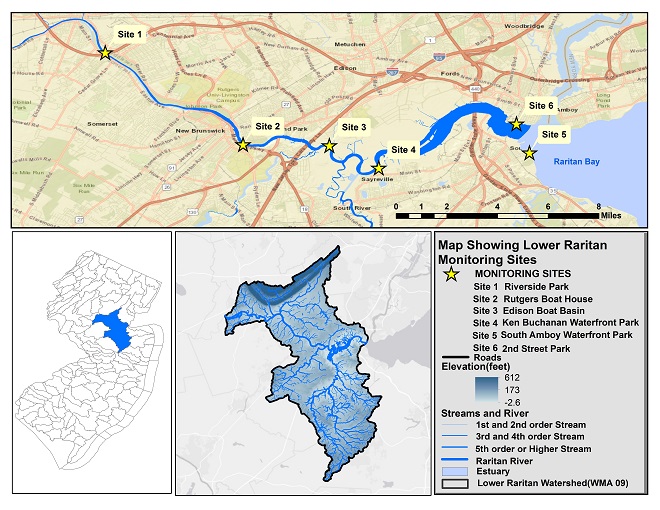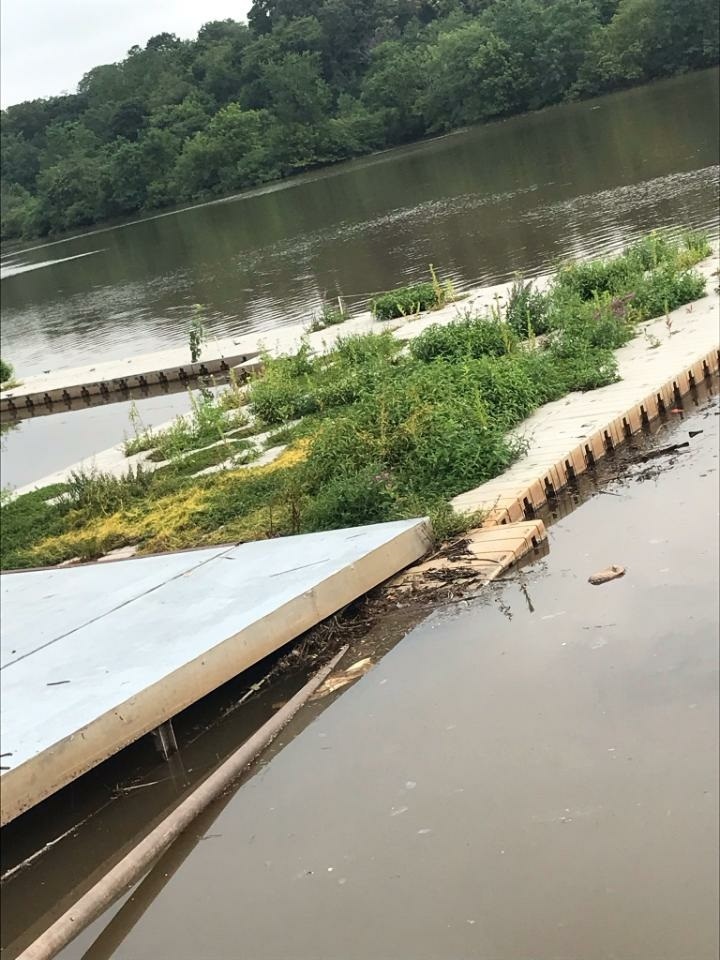Lower Raritan Pathogens Monitoring Results for July 23/2020
The LRWP monitors for Fecal Coliform and Enterococcus at six non-swimming public beach access sites along the Lower Raritan during the warmer summer months. Fecal Coliform and Enterococcus are indicators of disease-causing bacteria in our waterways.
The EPA recommends that a single Enterococcus sample be less than 110 Colony Forming Units (CFU)/100mL for primary contact. Enterococci levels are used as indicators of the possible presence of disease-causing bacteria in recreational waters. Such pathogens may pose health risks to people fishing and swimming in a water body. Sources of bacteria include Combined Sewer Overflows (CSOs), improperly functioning wastewater treatment plants, stormwater runoff, leaking septic systems, animal carcasses, and runoff from manure storage areas. Enterococci levels are often high after heavy or consistent rainfall.
Please note that these results for July 23, 2020 are preliminary and awaiting Quality Control:

The New Jersey state Department of Environmental Protection and Middlesex County Health Departments typically monitor at sanctioned public swimming beach sites. They do not monitor the water quality for pathogens at public access non-swimming beach sites along the Raritan, despite regular use of these areas for primary contact (fishing and swimming) by members of our urban communities.
The LRWP works with in partnership with the Interstate Environmental Commission for lab analysis of our samples. We have a Quality Assurance Protocol Plan (QAPP) approved by the federal Environmental Protection Agency. We work to report our results as soon as lab analysis is completed.

Field observations for July 23, 2020:
Water was mucky and running fast from Wednesday’s storms. There was 1.11 inches in the rain gauge Thursday morning before we left for monitoring. We got soaked through while we were in the field, with rains continuing through the day. There was especially hard rainfall early this morning (Friday July 24) with a total accumulation in the rain gauge today of 2.07.
This was our first time out monitoring since October 2019. Some of our sites are neglected, and all bathrooms are closed. The Rutgers Class of 1914 Boathouse launch, home to RU crew, is hard to distinguish from a floating wetland. Geese, gulls and ducks have the run of the Piscataway, Edison and Ken Buchanan sites.

The South Amboy and Perth Amboy sites were active with fisher folk. There are tons of menhaden in the water at South Amboy! We hear there are sharks going after them so please be careful in the water.
Many thanks to Jessica Bonamusa and our Interstate Environmental Commission friends for helping us out with lab analysis. And special thanks to Julie Blum for helping develop a new app for data entry!
